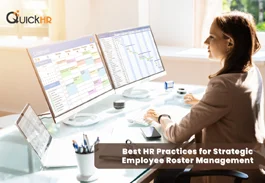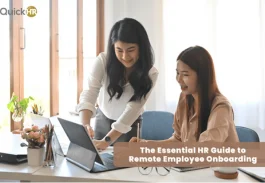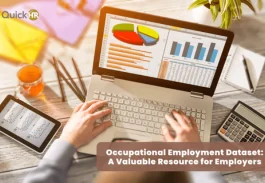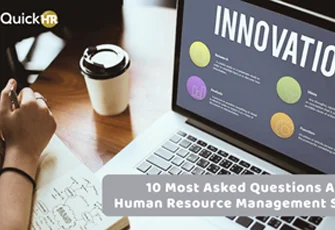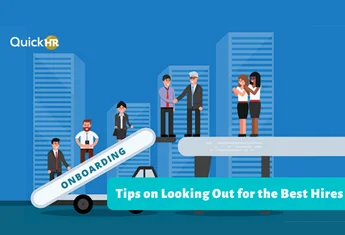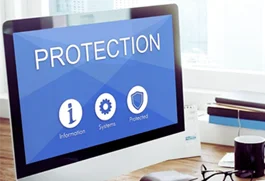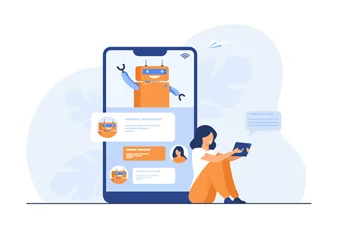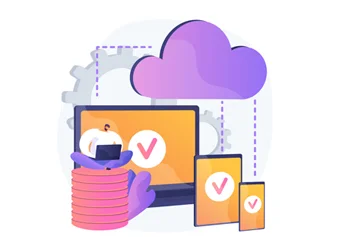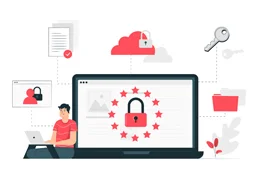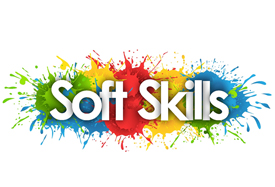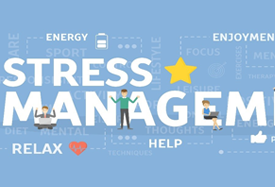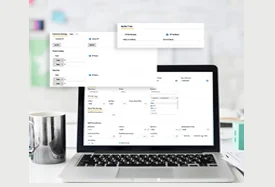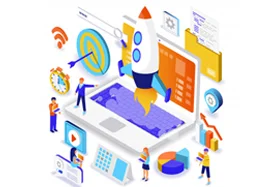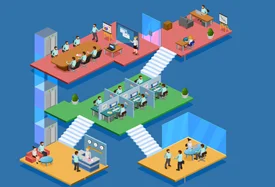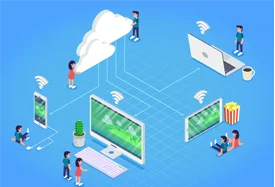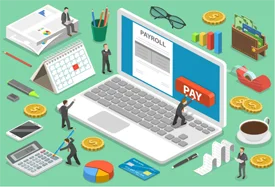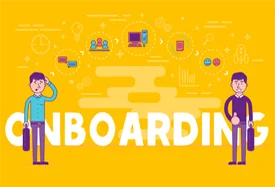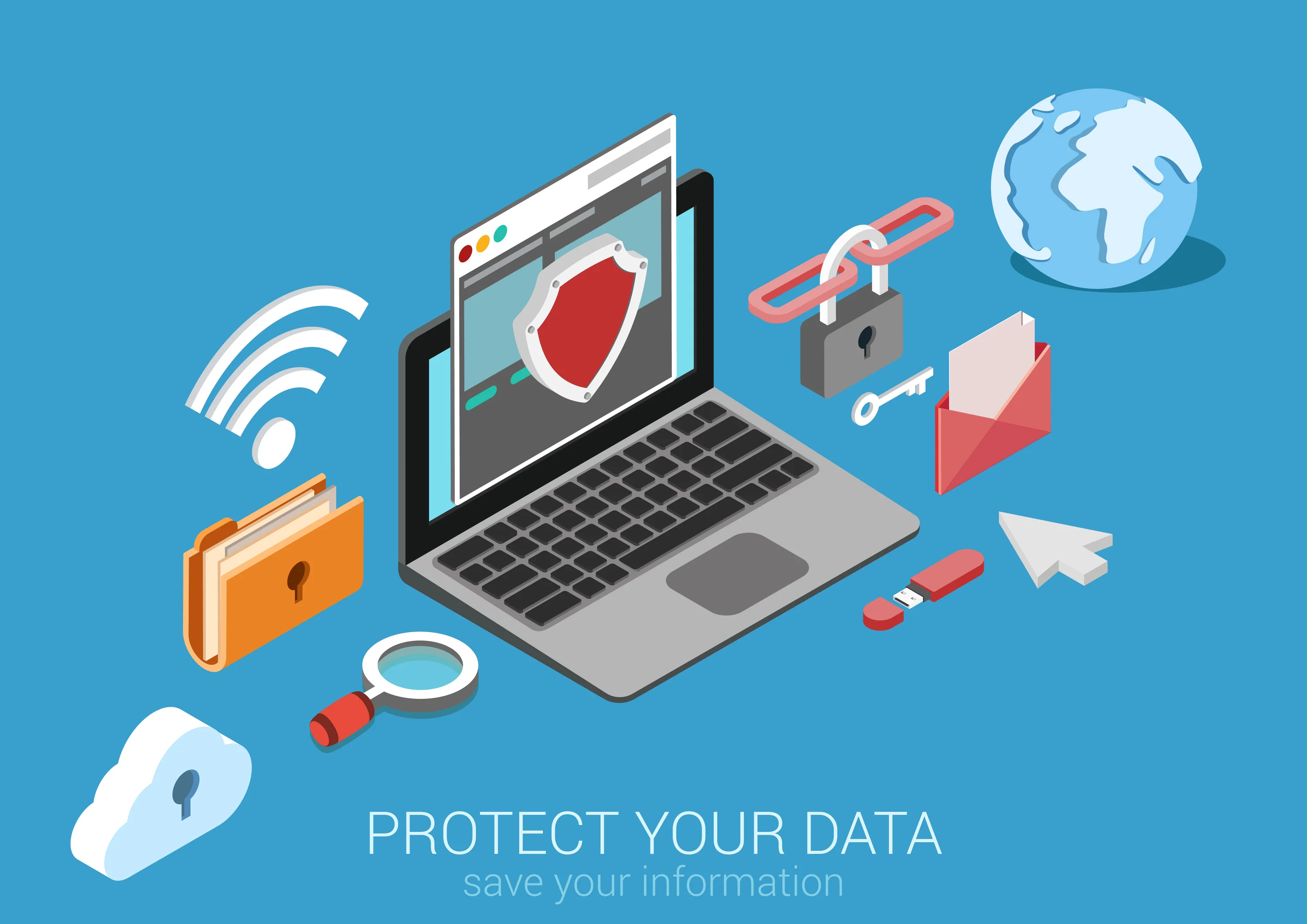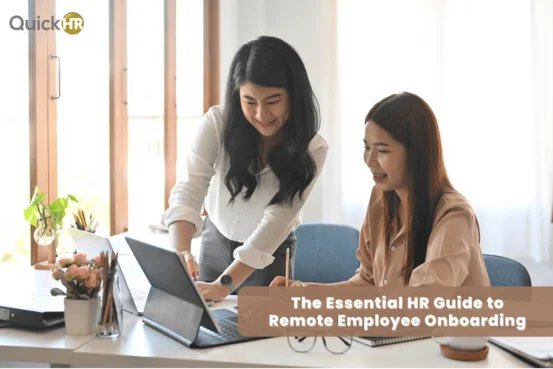
Remote Employee Onboarding: The Essential HR Guide
Posted on 07 November 2023 in Business | Suki Bajaj
With the rise of remote work and the decline of face-to-face meetings, companies have had to redefine their onboarding processes for new hires.
Onboarding remote employees presents unique challenges for HR leaders. How will they instill the company's values? Can they foster a remote workplace culture where everyone feels included and valued?
Having a well-designed remote onboarding process is important to overcome these challenges and ensure smooth transition for new employees.
In this article, we’ll talk about:
What Is Remote Employee Onboarding
How Does Remote Employee Onboarding Work
What Are the Benefits of Solid Remote Employee Onboarding
What Are the Best Practices of Remote Onboarding
Read on to learn how to create a remote employee onboarding process that really works.
What Is Remote Employee Onboarding
Remote onboarding is the process of welcoming and integrating new hires into the company without the need for an in-person orientation. Once a necessity during the pandemic, has now become increasingly common, as more and more people opt for the flexibility and convenience of working from home.
Onboarding new employees remotely entails a specific list of requirements - from administrative areas like payroll forms, to computer setup, personal introductions and initial assignments.
The whole process includes learning about values, mission, products and services – as well as accepting and signing key documentations electronically, gaining secure access to key systems, and more.
Elevate Your Onboarding Now!
Sign up for a free 14-day trial of our HR software with an applicant tracking system and experience the power of remote employee onboarding!
Sign up For Free TrialHow Does Remote Employee Onboarding Work
Remote onboarding is similar to the traditional onboarding process. But instead of meeting and training in person, everything happens online using video conferencing, webinars, and other virtual activities to welcome new hires and help them get up to speed.
Remote onboarding programs typically have two aspects:
HR-led: This aspect covers essential tasks such as setting up new hires on the HR system, enrolling them in benefits, and introducing them to the company policies and procedures.
Manager-led: This aspect focuses on helping the new employees get to know their role, team, and the company culture. It involves setting goals, providing feedback, and connecting with other team members to build a support network where everyone can provide assistance when needed.
Creating and delivering an effective onboarding process for remote employees can be more difficult than doing so for in-person employees.
Working with colleagues in different time zones can make scheduling meetings and training a bit tricky, and it can take longer to build relationships when communicating primarily by phone or online.
That’s why proper remote employee onboarding is essential for new hires to successfully navigate their new role, team, and company, so they can fully adjust and thrive.
What Are the Benefits of Solid Remote Employee Onboarding
Onboarding is part of the roadmap to success. Organisations with remote-friendly onboarding practices have seen significant improvements in different key areas including:
Increase in employee retention
Boost employee engagement and productivity
Strengthen company culture
Access to a wider and stronger talent pool
Remember how you felt on your first day at any job? You were probably excited, but also nervous. If you don't get enough guidance and training, it can be tough to stay motivated and succeed in your new role. Chances are - you would consider finding a new job opportunity at a different company.
That’s why it’s important to deliver good remote onboarding experience and show employees that their workplace is supportive and values professional development. This will help to encourage them to stay for the long haul.
Most importantly, in the long run, higher employee retention rates lead to a sustained competitive advantage, through top talent retention, a strong employer brand, and reduced hiring costs.
Onboarding phase is the first opportunity for businesses to make a positive impression on their new hires and to set the stage for a long-term and productive working relationship.
A solid and engaging onboarding process is even more crucial for remote employees, who face additional challenges connecting with their colleagues due to distance, and for interns and graduates, who are new to the company and the world of work.
New hires who understand the importance of their role in the team since day 1 are more likely to settle in quickly, become more committed to their work, and start contributing to the team.
Always remember that highly engaged employees are a driving force behind company success and growth. They are passionate about their work and feel valued for their contributions. This leads to better performance, increased productivity, and higher profits.
New hires are most receptive to new ideas and information during onboarding, making it the perfect time to instill company culture and values, as well as work processes and expectations.
This will help them develop good work habits, comply with company policies, and take greater responsibility for their actions. This is especially important for remote employees, as supervision may be limited.
Moreover, a strong company culture can help them feel like they belong and build camaraderie with their colleagues.
Remote onboarding allows companies to hire employees from all over the world, without being limited by geographic location. This gives them access to a wider pool of talent, and it can help them create a more diverse and inclusive workforce.
Companies can bring in a variety of perspectives and experiences. This can bring more creative and innovative ideas to the table as well as gain a better understanding of the interests and needs of global customers.
Best Practices for Building an Effective Remote Employee Onboarding Process
Onboarding is the initial stage of their journey with the company. It begins before the first day on the job and it continues until they’ve fully adjusted to their role and team.
To help you create a remote onboarding experience that engages and empowers new employees, we have curated a guide that covers all the essential steps, from preparing for your new hire's arrival to helping them transition into their new role.
Start the Onboarding Journey Before the First Day
- Personal welcome email with greetings from their manager
- Employee handbook with workplace policies and procedures
- Electronic forms that they can fill out and sign online (for benefits, taxes, direct deposit, emergency contacts, and other HR documents)
- Self-introduction questionnaire to share with their new teammates
- Overview of the company’s history, products and services
- A thoughtful gift to show your appreciation and help them feel more connected
Ensure Access to Necessary Tools and Equipment
Develop Onboarding Agenda and Timeline
Arrange Individual and Group Meetings to Foster Teamwork
Organize and Facilitate Online Training Sessions
When creating your virtual training program, you may consider these tips:
- Create easy-to-follow guide for role-specific employee training
- Deliver concise, informative, and engaging training sessions
- Greet each new hire by name
- Encourage open communication and feedback from existing employees
Convey the Company Culture and Team Workflow
Align Individual Work to Organizational Goals
Provide Opportunities to Learn and Grow
Hold Regular One-on-One Meetings with New Hires
Think back on your first day at your current job. You probably tossed and turned the night before, your mind racing with excitement, worry, and uncertainty. New hires will likely feel this way as starting a new job in an unfamiliar remote setting can be particularly daunting.
To help them mitigate first-day nerves, it's important to develop effective onboarding strategies that will enable smooth transition and get off to a positive start.
Make a great first impression by giving them a warm welcome as you help them get settled in. Send them a preboarding packet that includes:
Starting the onboarding process in advance can help ease their first-day jitters and create a sense of connection to the team, even before their first meeting.
Smart Tip: QuickHR HR Software can automate remote employee onboarding tasks and help you stay organised and on track, ensuring a seamless and smooth onboarding experience.
It integrates with all HR modules, making it easy to access all the information you need in one place, monitor progress and provide support to new employees.
QuickHR can help you create a smooth remote onboarding process, encourage better communication, and build a strong workforce from the start.
Before the employee's first day, set up all necessary technology and IT needs. Will your new hire need a company laptop? Do they need other equipment, such as a tablet or smartphone?
Be sure to organise everything in advance so IT has enough time to review, install, and ship all necessary software to the remote worker before their start date.
It is important to ensure that everything is in place, as remote workers need secure logins to access a variety of workplace tools.
Schedule a one-on-one session with IT to help them learn how to use the communication channels, productivity tools, digital HR platforms, such as attendance system and other self-service portals.
Configuring the systems and tools beforehand can also help minimise technical issues, allowing them to familiarise themselves with the environment and be more present and comfortable when they start.
To ensure a smooth transition for your new hire, prepare a detailed onboarding agenda that outlines their first two weeks. This agenda should include their daily activities, including training, meetings with the manager and the team, and more.
This allows them to see a glimpse of their upcoming work, ask any questions they may have, and adjust to their remote schedule and working with the team, all without feeling overwhelmed.
Make sure to create a feasible schedule for all the items on the agenda, while keeping your own tasks and the new hires' bandwidth in mind.
Virtual meet-and-greets can be daunting for new hires. To make it less intimidating, start with smaller groups of employees that they will be working with closely. This will give everyone a chance to get to know each other in a more relaxed and approachable manner.
Then, proceed on scheduling one-on-ones with the manager and other supervisors that they will interact with regularly. Within a few days, introduce them to the rest of the team in a larger meeting.
It's best to set these meet-and-greets to 10-15 minutes max, to minimise workday disruption and avoid overwhelming new employees.
To prepare for online training sessions, share pre-training materials such as internal training presentations or videos, or links to online tutorials ahead of time. This will help them learn at their own pace and come to the session ready to engage.
Set one-on-one meetings between instructors and new hires to help them quickly learn the fundamental team and department knowledge and other essential information.
Always remember that the quality of the virtual training programme is one of the key factors in helping new hires succeed in their roles and work well with the team.
A strong and supportive company culture with a remote-friendly work environment is essential for a successful onboarding process. Every employee should feel welcome and valued and have a clear understanding of their role in the team and in the company.
However, new remote hires can feel isolated from the team, due to the lack of the organic relationship-building that happens in person.
That's why in a remote work environment, it's essential to invest more time and energy into communicating company culture than you would in a traditional office setting.
You may try to take initiative and organise diverse group discussions to help new hires gain a contextual understanding of the team dynamics. This also gives them an opportunity to ask questions about how things are done and discuss how they can best collaborate with the team.
Moreover, even though it may seem unnecessary, it can be helpful to provide clear guidance on workplace norms that are often taken for granted, such as the company's tone and level of formality, virtual meeting etiquette, and messaging norms.
When new hires join the team, it’s important to clearly communicate your expectations early on to help them prioritise their work and succeed.
Keep in mind that while their role's responsibilities may change and evolve over time, having clear expectations right from the start will give them a foundation from which to adapt more easily.
To determine whether new hires are meeting expectations, be sure to include specific, measurable goals in your onboarding plan. Create a clear timeline for each goal to serve a clear roadmap and to maximise their productivity in the first few weeks.
As they delve deeper into their new role, a solid performance management helps them to monitor their progress, stay on track, and nurture their success.
Smart Tip: QuickHR Performance Appraisals Software features customisable appraisal templates for self-assessments, promotions, and feedback, ensuring a diverse and effective performance evaluation process.
With QuickHR, you can maintain a strong workforce, set new goals, boost employee engagement, and prepare for future business development.
Learning and development opportunities are one of the top priorities for remote employees, as they are eager to strengthen their skills and further their careers.
Once they've learned the ropes, you can start offering them training opportunities, such as classes taught by in-house experts or external training seminars. These programmes could cover their new job duties, company culture, work practices, or other relevant topics.
Many employers have successfully fostered retention and built strong working relationships by offering continuous and engaging learning and development opportunities.
Smart Tip: QuickHR's Learning Management System (LMS) empowers you deliver comprehensive and immersive learning experiences to all employees. Whether you're delivering internal or external eLearning courses, you can use QuickHR to create assessments, track progress, and motivate new hires.
Regular check-ins are a valuable way to get ongoing feedback, which helps identify and address any issues early on, and ensure that the new hires are making progress as expected.
By listening to their feedback, you can also continuously improve your onboarding process and make it a positive experience for everyone involved.
Employee follow-ups can be as easy as an email or a message on the company’s communication platform like MS Teams, Slack, etc. In addition to direct supervisors, HR managers should also consider scheduling regular one-on-one meetings with the new hires.
Make sure to establish a central space to ask questions, address concerns, and connect with each other. This space should be visible to all new hires so they can see responses to questions and offer support to each other.
Conclusion
Whether you're onboarding new employees individually or in cohorts, it is crucial to prioritise and strive for a seamless, effective, and efficient onboarding process.
Always remember that a well-crafted onboarding experience should warmly welcome new hires, prepare them to excel in their roles, and spark their enthusiasm for joining the team.
Enjoying this content? Subscribe and we’ll send the latest updates and special offers directly to your inbox.

